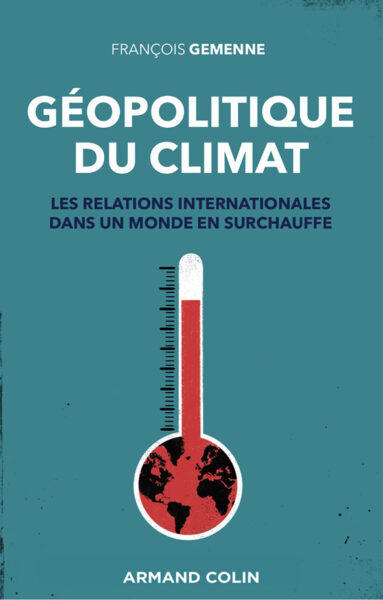With the next Conference of the Parties to the UN Framework Convention on Climate Change (COP) approaching –it is scheduled for late 2015 in Paris– climate issues are at the forefront of concerns, but they are often dealt with very much at the “macro” level. However, as we can see in this issue of Futuribles, a number of French administrative areas have striven to envisage how the changes anticipated at the global level will play out locally and what the consequences will be. This has been done for the Garonne basin (see the article on the “Garonne 2050” foresight study) and also for the Limousin region in the studies outlined here by Vincent Cailliez and Frédéric Levrault.
Drawing on the so-called trend projection method, Cailliez and Levrault offer an analysis of the impacts of climate change in the Creuse département up to the year 2040, and the adjustments that might be made in the agricultural sector to cope with those impacts. In fact, organizational analysis (in terms of trends and variability) of daily climate data observed between 1980 and 2010 enables us, by projecting these from 2010 to 2040, to gather information on many agroclimatic indicators that might be employed for adapting agriculture to climate change. This approach, which is complementary to current work in climate modelling, creates an operational path for producing a fine-grained description of potential climate development in the immediate future and enables us to craft realistic, local messages on how agriculture should adapt, both in terms of technical growing practices and the development of adaptation strategies for France’s regions or départements.



